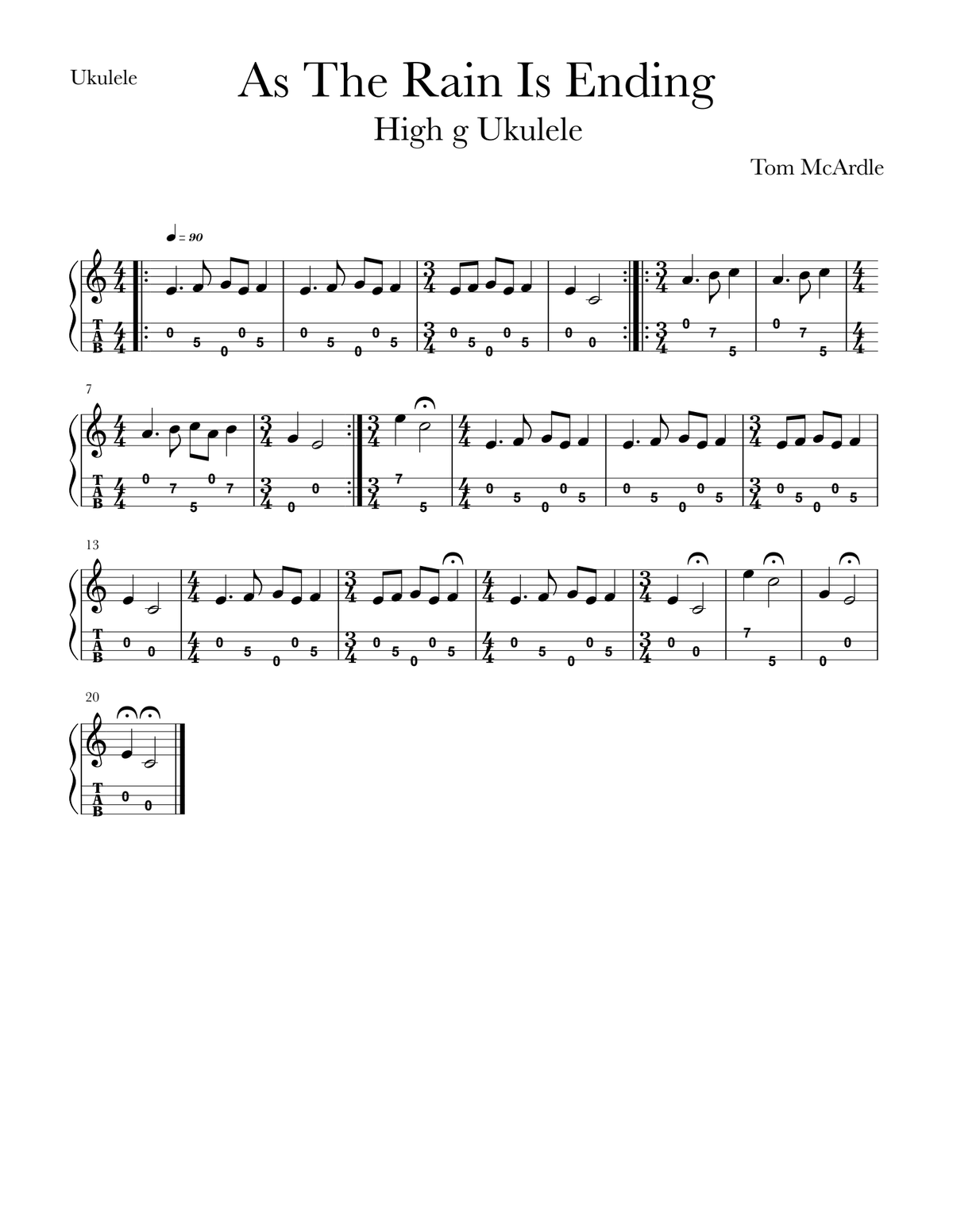OiNumiDellArpa
Member
This is a little piece I wrote around 2 years ago. I was driving home, in a bit of a sad mood, with a light rain falling that was tapering off. When I reached home, the first line of melody came to me, as I was doodling on my reentrant strung guitar. I added the other sections before going to bed. It fits well on the ukulele, too. A very simple Campanella piece, except perhaps for the changes in time signature. Tablature is below.

va
I really like the changes in time signature
Last edited:

